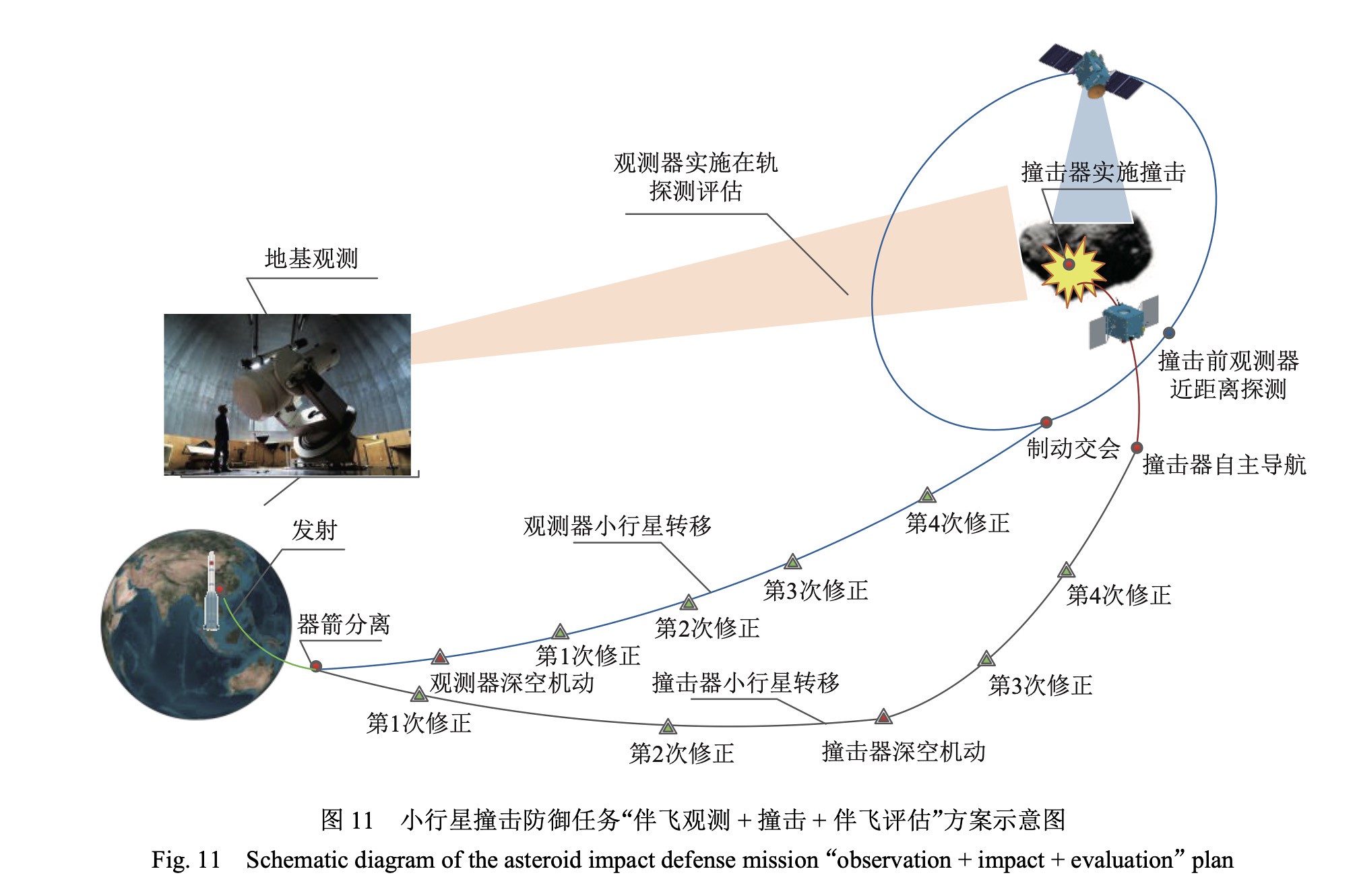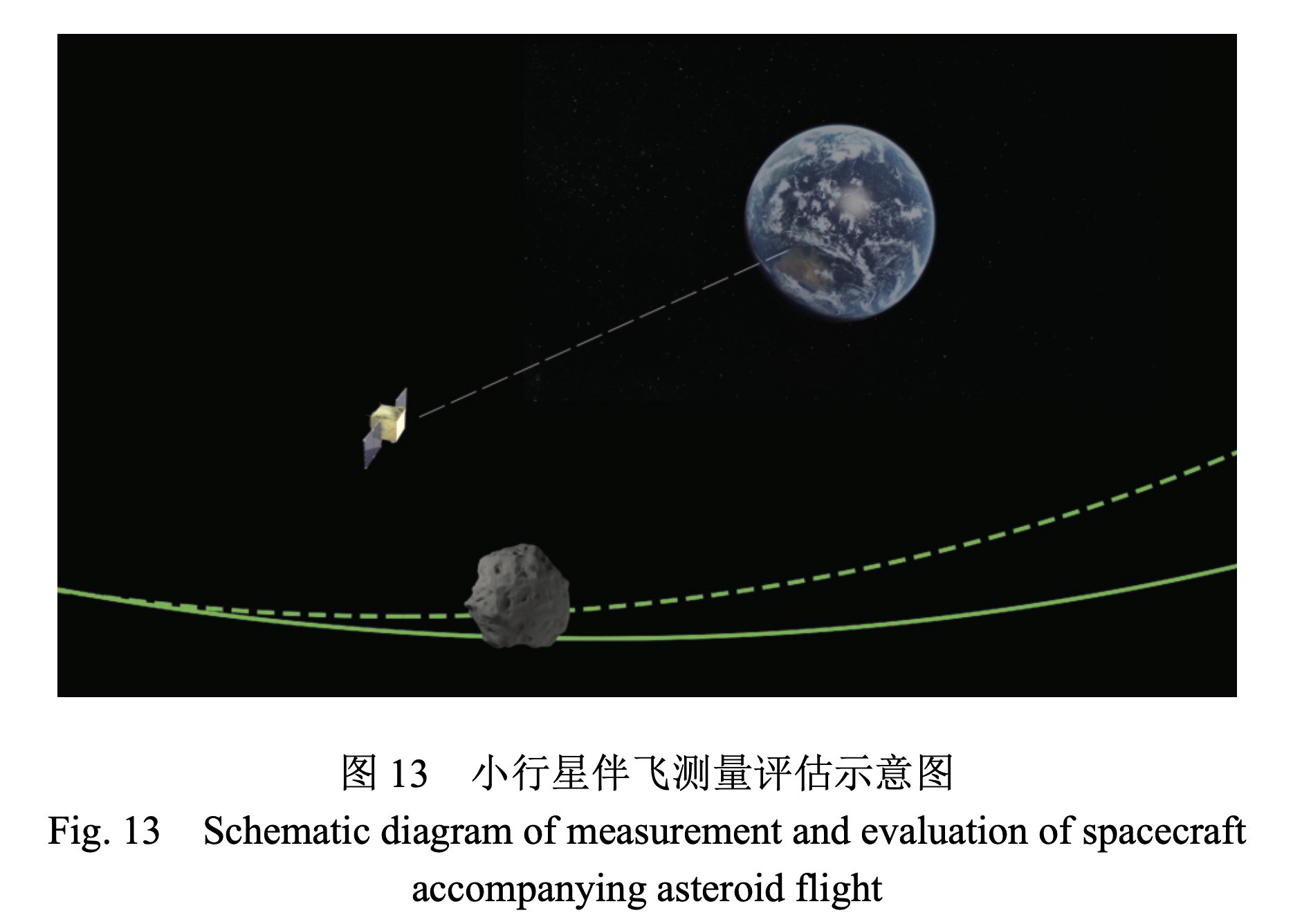To be clear, when I said "I have no clue of what you are talking about" I meant what you were trying to say were full of personal imagination.
None of those ppts that you posted are internal infor that we don't know already.
If you really want to prove that you are so better than CASC or at least know more about Chinese rocket programs than rest of us here, tell us who you are? Where do you work for a living?
Chinese forums have always been overly optimistic about plans similar to StarShip's New Long March 9.
Before 2021, many users in Chinese forums claimed to have internal information channels and even practitioners within CASC.
Believing that CZ9 should be abolished, and advocating CZ5G (now CZ10) similar to FH to replace CZ9.
But as long as you pay a little more attention to the literature, you know that the CZ9 and the new generation of manned launch vehicles have always been parallel projects.
Why should I trust those who claim to have internal information about CASC online without principles?
I have always called for careful consideration and evaluation of the new configuration of CZ9.
Why is there a discussion on the design of the upper stage of a consumable rocket similar to the Long March 9 in the NSF forum in the United States? Insiders from various channels in China who claim to understand CASA. The interpretation of Long March 9 by the group should be based on starship as the ultimate goal, and the complete plagiarism of SpaceX design without principles or bottom lines is the main viewpoint of such people. SpaceX is the light of humanity and cannot be denied. The question is, as an aerospace enthusiast, do you really understand the problems and consequences of Starship and the new version of Long March 9?
Don't just say that CASC experts know more than you when you encounter problems you don't understand. The question is, do you understand? Do you recognize the problem?
Don't constantly question others. You can talk about the inherent design issues of Starship, which have led to the current trend in both China and the United States towards the design of the upper stage of expendable rockets.
I can clearly tell you that on Chinese forums, I can use at least 100000 words, hundreds of posts, and for a year or two, citing various information from hundreds of literature, discussing with you from different perspectives and dimensions of detail, and why I don't like Starship. What would the second and third stages of the newly released Long March 9 rocket look like based on known information? Why do I say that the CZ9 has a height of 10m and cannot match the various details already announced.
I am not worried about who is right with CASC at all, because I am very clear about why the new CZ9 was originally designed as it is now. I have no conflict with CASC. Currently, there are significant issues with CASC's external models and published parameters, which is normal. It only confirms that the future direction is to start with the bare rod version of the Long March 9, and various ideas in the pre research stage are the rockets it needs to make.
My argument with you was because you questioned the relationship between FG1100 and CZ9.
What I'm telling you is
1. The project approval status of CZ9 is currently unclear to anyone. At international conferences, CASC still uses the introduction of the lunar landing plan from the 2016 version of CZ9. The overall design of the current New Long March 9 has not been finalized, and the detailed design has not been carried out at all. It is a cautious plan to make the first flight in 2035. CASC's Zhang Zhi acknowledged in 2018 that there are three development stages for the Long March 9, the first stage being a disposable configuration from 2028 to 2030, the second stage being a reusable configuration, and the third stage being a nuclear thermal configuration. Considering that China's manned spaceflight plan has always been a time node between 2040 and 2045, it can be estimated that the approximate time for the second phase is 2035. And it matches the rumors of the new CZ9.
At present, it can only be determined that in the competition for the reused version of the Long March 9 rocket, the 4-boost version of the Long March 9 rocket was defeated by the bare rod Long March 9 rocket due to the complexity of the reuse technology scheme. Will the original first phase of the Long March 9th be stopped and abandoned. We cannot confirm at this time. This year, the senior management of CASC continued to endorse the first flight of heavy carrier rockets around 2030 in public.
In the latest literature, detailed design has been carried out on the load-bearing structural components of the core level engine matched with the 16th edition of the Long March 9. The design of a heavy carrier flight control system based on bundled rockets has been ongoing.
The 10.6-meter New Long March 9 has only information on the 10.6-12 meter ring. There is no news on whether the ring meets the design standards. The 9.5-meter ring is completed from the first one to reaching the standard. It took at least three years.
2. I would like to remind everyone that the long-term goal of China's aerospace heavy launch vehicles has always been to require a larger takeoff stage scale (7000 to 8000 tons of takeoff thrust, which has always existed). The biggest problem with the Long March 9 is insufficient thrust at the core stage. The biggest difference between the old Long March 9 and the new Long March 9 is actually the increase in core level thrust from 2000 tons to 6000 tons. However, from previous plans for the 8000 ton Long March 9, it can be seen that the future CZ9 will inevitably have bundled configurations.
The forum I understand should allow for reasonable analysis and questioning voices. Instead of a general authoritarianism. The more crucial thing is that the authority of CASC you think is not the true voice of CASC authority, many are just factional voices within CASC. For example, on April 26th, DSEL announced that Sina actually had live streaming footage of the entire process. I have specifically reviewed all the speeches made by the person in charge of CNSA. They mentioned that heavy carrier rockets have only been mentioned in two sentences, and when they mentioned full reuse, they basically didn't say anything. All external information relies on the illusion of DSEL's set version PPT.
Don't let the voices of so-called mainstream factions interfere with judgment.
You really need to pay attention to the full reuse design of the Long March 9th, as there was only a lot of discussion in the new literature on packaging for the people at the beginning of this month. It is also the only clear literature in recent years.
Actually, it mentions three technical directions for the secondary reuse of the Long March 9 rocket, and I will tell you in chronological order
1. Winged return (space shuttle like)
2. Resistance rudder (starship)
3. Deformed wing (still under research)
The focus of the article is actually on models similar to starship (which research is still lacking in China to solve the problem of starship models), while the other two are briefly mentioned. There are actually quite a few studies on the return of the wing in China, and there are military/small models available. Its amplification design is already on the agenda, and there is basically no need to mention it again. The deformed wing is still in a very early stage. The design of resistance rudders such as starship (the definition of resistance rudders is mentioned in other CASC literature, and I think it is very reasonable. In Bao Weimin's article, the use of these terms is still very confusing) has its advantages and limitations.
I shared this literature in the group, but no one discussed it outside. I haven't even seen the Aerospace Big V on Weibo.













